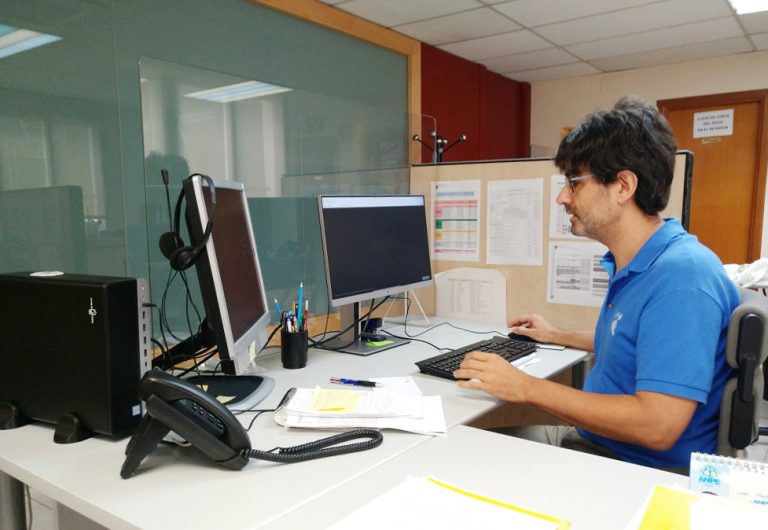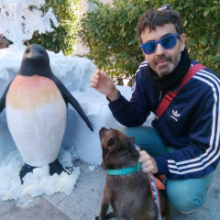Open source careers: How Alejandro switched an education center over to using Linux

In 2016 I was working at CEA Noroeste, an Adult Education Center in Caravaca de la Cruz, Murcia (Spain). I remember having a lot of fun there, as my work combined two of my passions: languages and computers. My daily tasks fortuitously included both teaching English and maintaining the school’s computers.
Touring the four buildings of the school, I had discovered a few computers running Windows XP, whose official support ended in 2014. Regarding these machines, which were obsolete and practically useless in their current state, I thought: Why not give FOSS a chance? After all, we were in a school, so installing some modern free software would be sharing knowledge, right?
Opening to open
In a conversation with the headmistress, she gave me the thumbs up. Our mission was clear: to repair as many old computers as we could, and possibly buy some new ones. On one condition, though: they had to run a GNU/Linux distro!
Plan comes together
For our mission to reach a safe haven, we needed to start with a good plan that engaged both the community and the right technology. On the community side, I quickly told my fellow teachers about the computing shift, so they could start becoming acquainted with free and open source software. On the technical side, I had to decide on the operating system and the rest of the tools to deploy our strategy in an efficient fashion.
Ubuntu 16.04 became our chosen vehicle, as Ubuntu wasn’t totally unknown and provided broader hardware compatibility.
My colleagues’ main concern was to be able to keep working with the familiar documents and spreadsheets they had developed with Microsoft Office utilities, so we went for PlayOnLinux, a graphical frontend for Wine. Finally, I would use good old Clonezilla for system cloning.
Deployment day
Now, with a clear picture in my mind, I sat in front of one of the old computers and installed Ubuntu Xenial Xerus. I set it up in a way that both students and teachers hardly noticed the transition from one OS to the other: I created a few desktop shortcuts, installed a couple of programs they were used to, and fine-tuned PlayOnLinux to let them work smoothly with the Microsoft Office version we were using.
Finally, I created a Clonezilla image of the system. I repeated the procedure with one of the new computers so that we ended up having two master images; then, I made a couple live USB drives with Clonezilla: I was ready to go.
It took me a week to deploy the images throughout all computers across all the buildings. And then the day came when the students would use them—their first contact with a free OS. Apart from a few cases in which I had to provide some education on certain topics, most people adapted really well to the new OS and did exactly the same things that they were used to—sometimes even more. Some of them were pleased to have discovered Ubuntu and even considered installing it on their laptops. I was satisfied with the results and felt we have succeeded as a school community.
As I write these closing lines, the memory of a twenty-year-old — Alexandru — comes back to mind. He was probably the student in that earlier school who showed the most interest in free and open source. He was very intelligent and really had a passion for computers. I wonder what’s become of him… Who knows? Maybe he ended up being an LPI certified professional!
Would you also like to share your open source story? Visit www.lpi.org/community/write to find out how.
